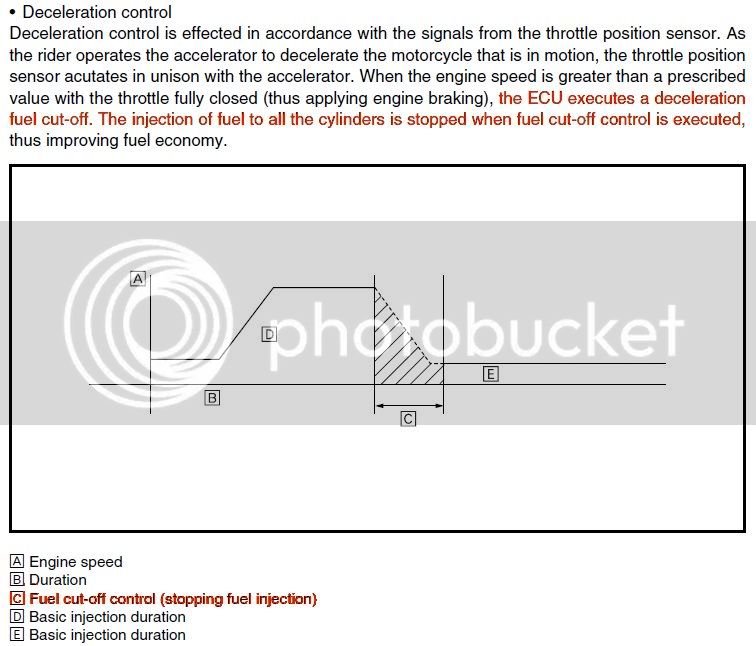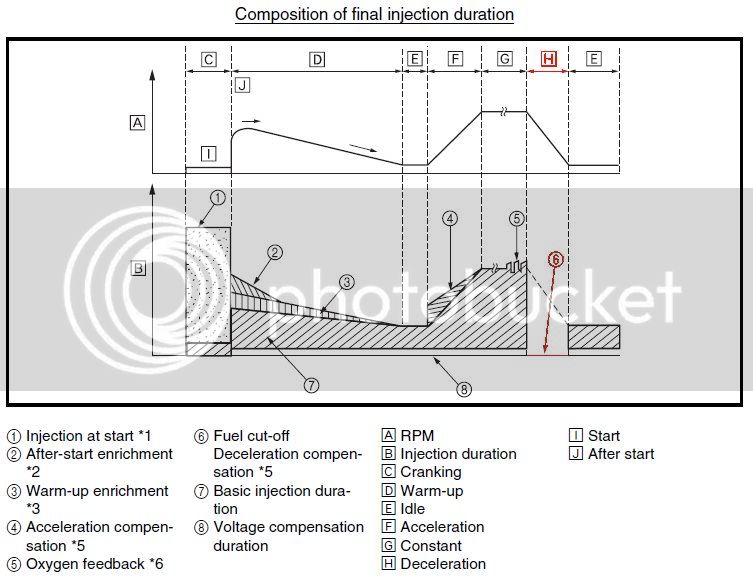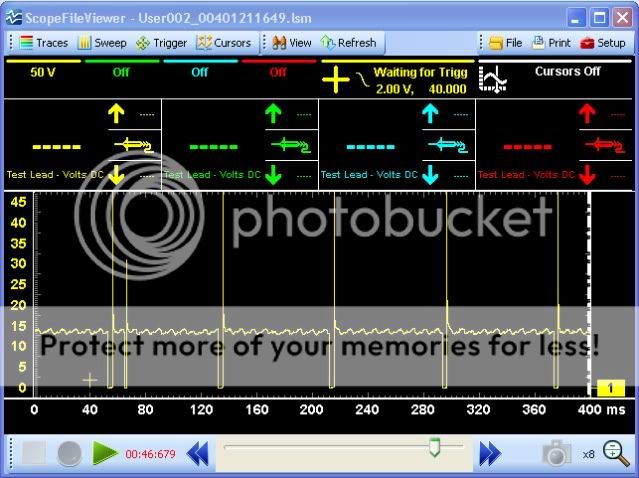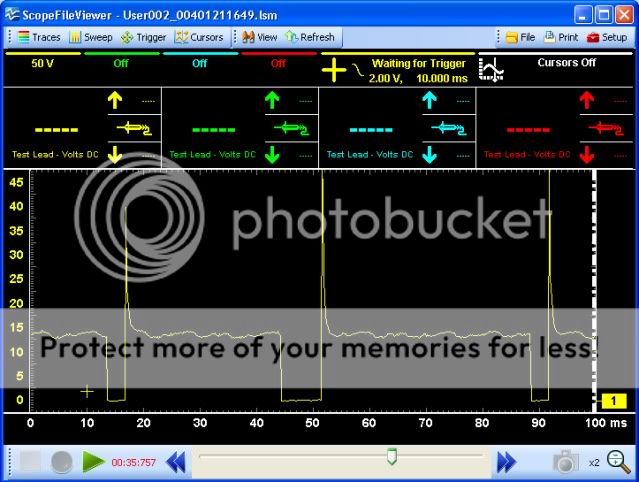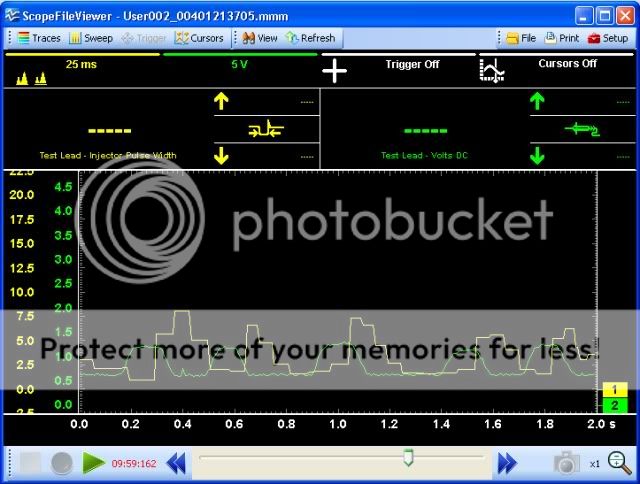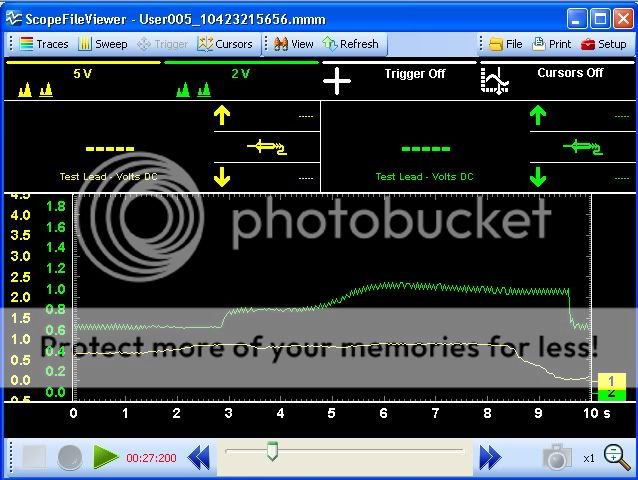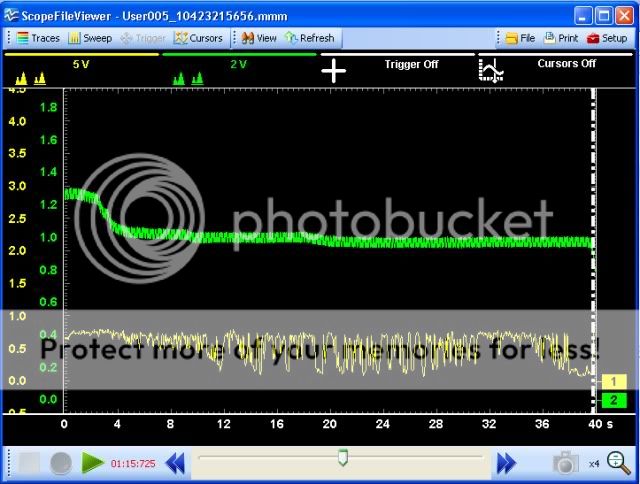03HiYoSilver
Well-known member
Joe,
What an interesting diagnosis you have there.
When I had similar problems, Erratic Idle/Fouling #4, this is when I looked at all the Electronic Connections for Shorts/Contamination...this is when I found the Main Harness Corrosion problem that fixed about 90% of the problem.In these connections there is contacts to the Coils/Injectors/ECU,etc.
Here's the link to the GenI Diagram:
https://www.fjrforum.com/forum//index.php?showtopic=22734&st=0&p=268059entry268059
I am wondering if your GenII Spiders (since you don't have a Main Harness Connector) may be Corroding or Starting to Fail... with these ever so inconsistant problems?
Ultimately, my Trottlebody Assy. was found to be defective which was causing #4 Cylinder to hardly modulate and was yielding a 2400 HC levels compared to the Normal 300 Range. This was found after we installed the RivNuts to the headers and was able to identify the CO/HC levels from each Cylinder.
Just some food for thought with your process....
What an interesting diagnosis you have there.
When I had similar problems, Erratic Idle/Fouling #4, this is when I looked at all the Electronic Connections for Shorts/Contamination...this is when I found the Main Harness Corrosion problem that fixed about 90% of the problem.In these connections there is contacts to the Coils/Injectors/ECU,etc.
Here's the link to the GenI Diagram:
https://www.fjrforum.com/forum//index.php?showtopic=22734&st=0&p=268059entry268059
I am wondering if your GenII Spiders (since you don't have a Main Harness Connector) may be Corroding or Starting to Fail... with these ever so inconsistant problems?
Ultimately, my Trottlebody Assy. was found to be defective which was causing #4 Cylinder to hardly modulate and was yielding a 2400 HC levels compared to the Normal 300 Range. This was found after we installed the RivNuts to the headers and was able to identify the CO/HC levels from each Cylinder.
Just some food for thought with your process....
Last edited by a moderator:




